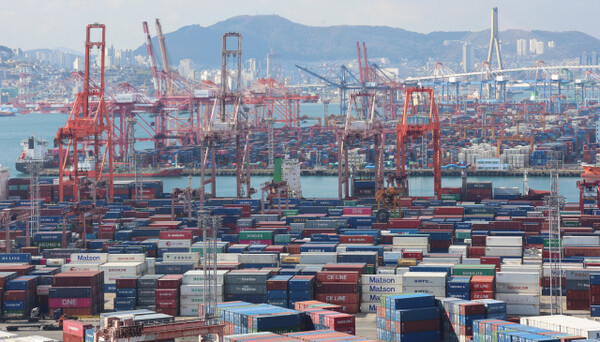Sales Growth Slows, But Corporate Profitability Improves
The Bank of Korea's recent "Q3 Corporate Management Analysis Results" highlights a notable increase in corporate profitability amid a slowdown in sales growth. The report, released on December 17, indicates that sales of 23,137 domestic corporations subject to external audits rose by 4.3% compared to the previous quarter, marking a 1 percentage point decrease from the 5.3% growth rate in Q2.
In the manufacturing sector, sales growth dropped to 4.9% from 7.3% in the previous quarter. The machinery and electrical/electronics industries, in particular, experienced a significant decline, with sales growth falling from 20.7% to 13.7%. This drop is largely attributed to the sluggish recovery in demand for general-purpose semiconductors used in smartphones. The petrochemical sector also faced a negative growth rate of -1% due to oversupply and market factors.
Conversely, the non-manufacturing sector's growth rate was 3.5% in Q3, a slight decrease from the 2.6% growth in Q2. Despite this, the overall total asset growth rate in Q3 was only 0.4%, significantly lower than the 2.1% recorded in the same period last year.
On a positive note, corporate profitability saw a marked improvement. The operating profit margin on sales increased to 5.8% in Q3, up from 4% in the same period last year. The manufacturing sector's operating profit margin also improved, rising to 6.1% from 4% in the previous quarter.
The machinery and electrical/electronics sector experienced a notable improvement in profitability, with its operating profit margin increasing from 0.9% to 8.8%. The transportation equipment sector also saw a significant boost, with its operating profit margin rising from 4.1% to 6.6%. The pre-tax net profit margin on sales was 5.6% in Q3, a 0.5 percentage point increase from the 5.1% recorded in the same period last year.
Corporate stability remained relatively unchanged, with the debt ratio at 87.8% in Q3, slightly lower than the 88.9% in Q2. However, the dependence on borrowings increased marginally to 25.4%, up from 25.2% in the previous quarter.
Kang Young-kwan, head of the Bank of Korea's Corporate Statistics Team, explained that the profitability of the transportation equipment sector improved significantly due to the effect of rising exchange rates. He also noted that industries with a high proportion of intermediate goods inputs were negatively affected in terms of profitability.










Comments